Bottle gourd, known as Lau in Bengali, is a highly nutritious and versatile vegetable widely cultivated in Asia, Africa, and parts of Europe. Belonging to the Cucurbitaceae family, its scientific name is Lagenaria siceraria. Bottle gourd is not only prized for its culinary applications but also revered in traditional medicine for its numerous health benefits. In this blog, we will delve into the detailed cultivation method of bottle gourd and explore its extraordinary # benefits.
Part 1: Cultivation of Bottle Gourd
- Climate and Soil Requirements
Bottle gourd thrives best in warm and humid climates. It requires:
Temperature: Ideal range between 25°C to 35°C.
Rainfall: Moderate rainfall is suitable; waterlogging must be avoided.
Soil: Fertile, well-drained loamy soil rich in organic matter.
pH Level: Optimal soil pH is 6.0 to 7.5.
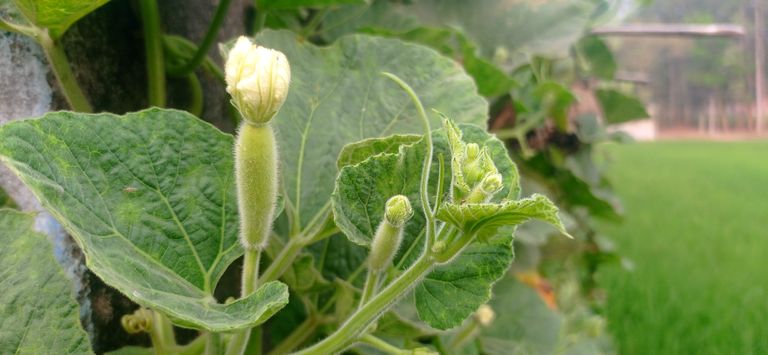
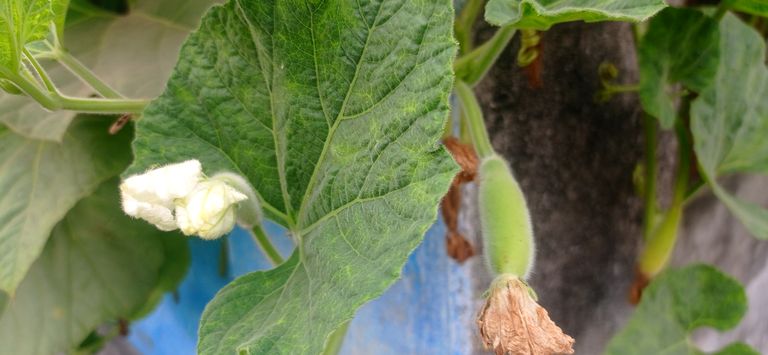
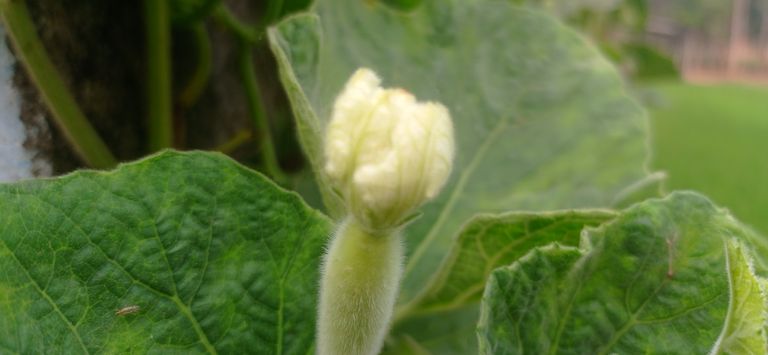
2. Land Preparation
Plow the field 2–3 times to a fine tilth.
Incorporate well-decomposed farmyard manure (FYM) at a rate of 20-25 tons per hectare.
Ensure proper leveling and create raised beds or ridges and furrows for better drainage.
3. Varieties of Bottle Gourd
Popular varieties include:
Pusa Naveen: Cylindrical fruits with smooth skin.
Arka Bahar: Tolerant to pests and diseases.
Punjab Komal: High-yielding and suitable for summer sowing.
Hybrid Varieties: Provide better yield and disease resistance.
4. Sowing Time
Summer Crop: February to March.
Rainy Season Crop: June to July.
Winter Crop (in tropical areas): October to November under protective cultivation.



5. Seed Rate and Sowing
Seed Rate: 4–5 kg per hectare.
Soak seeds in water for 24 hours to enhance germination.
Sow seeds at 1.5–2.0 cm depth directly into the field.
Maintain spacing of 1.5–2.0 meters between rows and 1.0 meter between plants.
6. Irrigation
Initial irrigation is essential right after sowing.
Maintain regular irrigation at 7–10 day intervals.
During flowering and fruiting stages, ensure adequate moisture.
Avoid waterlogging at all costs.
7. Nutrient Management
Basal Dose: 25 tons of FYM + 60 kg Nitrogen, 40 kg Phosphorus, and 40 kg Potassium per hectare.
Top Dressing: Apply remaining nitrogen in two split doses at 30 and 50 days after sowing.
Use bio-fertilizers like Azotobacter and mycorrhiza for sustainable growth.
8. Weed Management
Conduct hand weeding or hoeing at regular intervals.
Mulching with straw or plastic can reduce weed growth and conserve soil moisture.
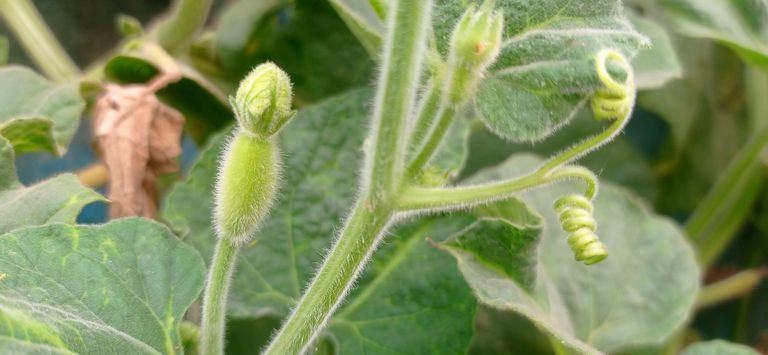

9. Training and Pruning
Provide bamboo stakes or trellis system for proper vine support.
Prune excessive lateral shoots to increase fruit yield and facilitate air circulation.
10. Pest and Disease Management
Common Pests:
Red Pumpkin Beetle: Damages seedlings and leaves. Control with neem oil or insecticides.
Fruit Fly: Lays eggs in the fruit; use pheromone traps.
Diseases:
Powdery Mildew: White patches on leaves. Treat with sulfur-based fungicide.
Downy Mildew: Yellowing and spotting of leaves. Spray fungicide like Mancozeb.
Anthracnose: Dark lesions on fruit and leaves. Remove infected parts and use copper oxychloride.
11. Harvesting
Fruits are ready for harvest 2–3 months after sowing.
Harvest young, tender fruits at intervals of 3–5 days.
Overripe fruits become hard and unsuitable for cooking.
12. Yield
Average yield ranges between 200–250 quintals per hectare under ideal conditions.
Part 2: Nutritional and Health Benefits of Bottle Gourd
- Rich in Nutrients
Bottle gourd is a low-calorie, high-water-content vegetable packed with essential nutrients:
Water: Over 90%
Calories: ~15–20 kcal per 100g
Vitamins: Vitamin C, B-complex, Vitamin A
Minerals: Calcium, Magnesium, Phosphorus, Potassium
Fiber: Excellent source of dietary fiber
2. Aids in Weight Loss
High water content and low calories make it ideal for weight loss diets.
Promotes satiety and reduces frequent hunger pangs.
3. Supports Heart Health
Potassium helps in regulating blood pressure.
Fiber and antioxidants improve overall cardiovascular health.
Helps in reducing LDL (bad cholesterol) levels.
4. Good for Digestion
Bottle gourd juice acts as a natural laxative.
Helps in treating constipation, acidity, and indigestion.
5. Regulates Blood Sugar
Low glycemic index makes it suitable for diabetics.
Fiber content slows down sugar absorption in the bloodstream.
6. Cooling and Detoxifying
Natural coolant, especially beneficial in hot climates.
Promotes hydration and flushes out toxins from the body.
Recommended during fever, jaundice, and urinary infections.
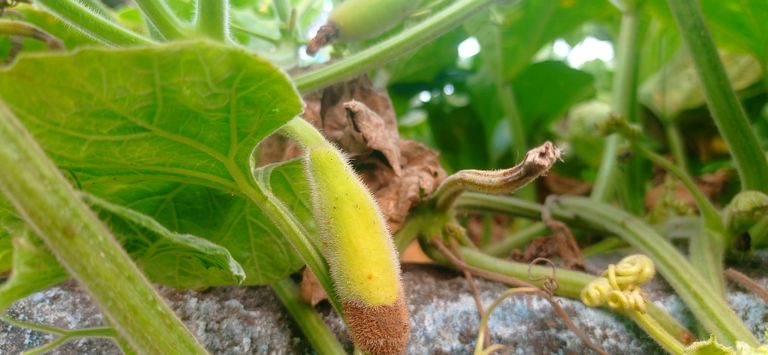
7. Beneficial for the Liver
Improves liver function and treats inflammation.
Commonly used in Ayurvedic treatments for liver ailments.
8. Enhances Skin Health
Antioxidants and water help improve skin glow.
Used in homemade face packs for treating acne and dullness.
9. Promotes Better Sleep
Contains choline, a neurotransmitter that supports sleep regulation.
Reduces stress and anxiety when consumed as juice or in soups.
10. Prevents Premature Graying and Hair Fall
Zinc, iron, and antioxidants in bottle gourd nourish hair roots.
Traditional remedies use bottle gourd oil for treating scalp issues.
Part 3: Culinary Uses of Bottle Gourd
Curries and Soups: Cooked with lentils or as a curry with spices.
Juice: Blended with mint and ginger, consumed early morning.
Snacks: Grated and made into fritters or pancakes.
Desserts: Bottle gourd halwa is a popular Indian sweet dish.
Stuffed Gourds: A delicacy in many Asian cuisines.
Part 4: Precautions
Always taste a small piece before consuming raw juice. Bitter bottle gourd may contain toxic compounds.
Avoid overripe or hardened gourds.
People with low blood pressure should consume in moderation.
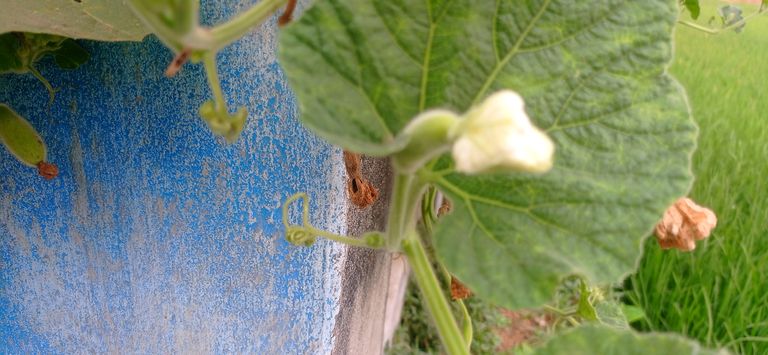
Conclusion
Bottle gourd is more than just a staple vegetable in South Asian cuisine—it's a nutritional powerhouse with extensive health benefits and significant agricultural value. Its easy cultivation, high yield, and medicinal properties make it an essential crop for farmers and a valuable addition to a healthy diet. Whether you're looking to start your own vegetable garden or adopt a healthier lifestyle, incorporating bottle gourd can be a fruitful decision—both literally and figuratively.
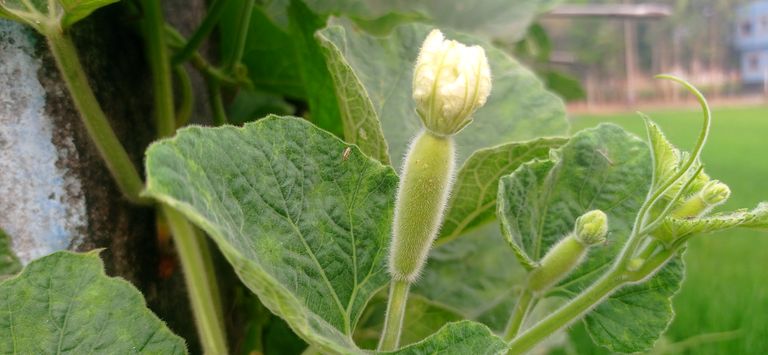
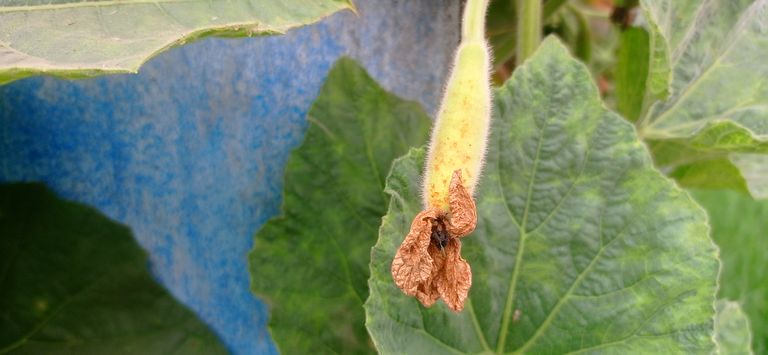
So far Today...
Stay Home
Thanks for Your Time Friend.
♥♥♥♥♥♥
Ok
See you Again in a New blog.
Thanks for being with me.
Plese Follow Me......
@mspbro
★★To contact me★★
Subscribe My 3speak Channel https://3speak.online/user/mspbro
Follow me Twitter https://twitter.com/mdsumonpra
Add me Facebook https://www.facebook.com/sumon.mim84